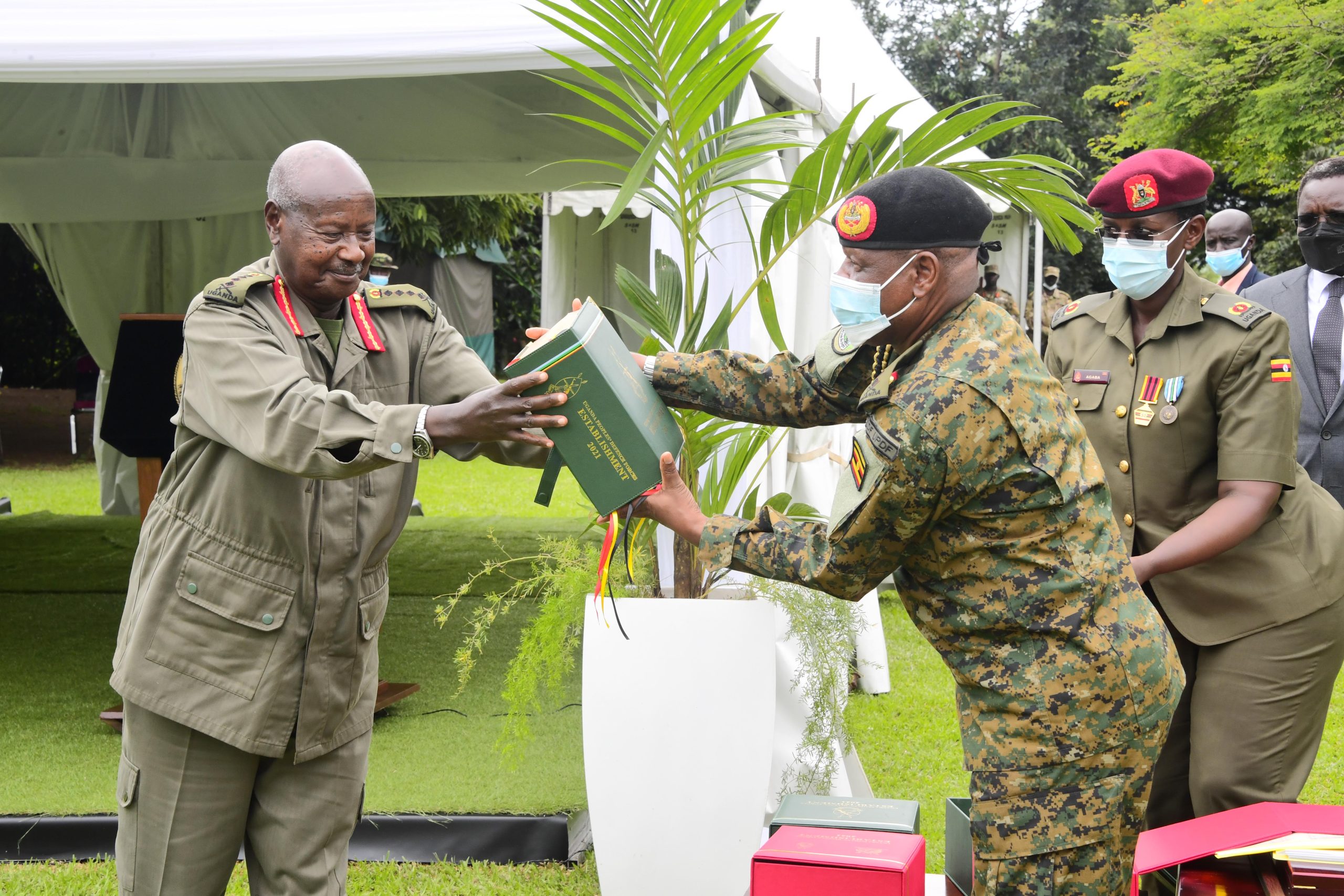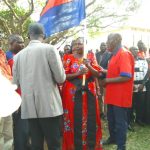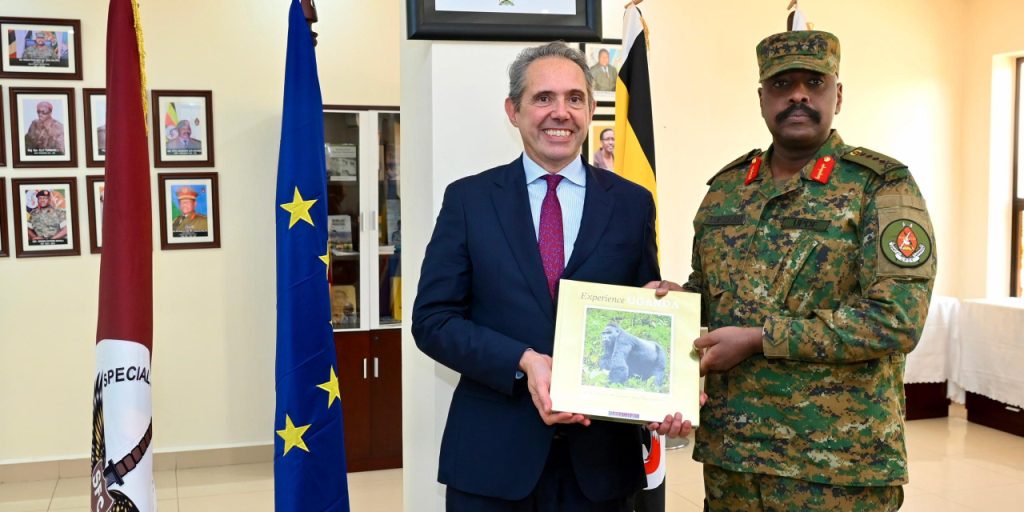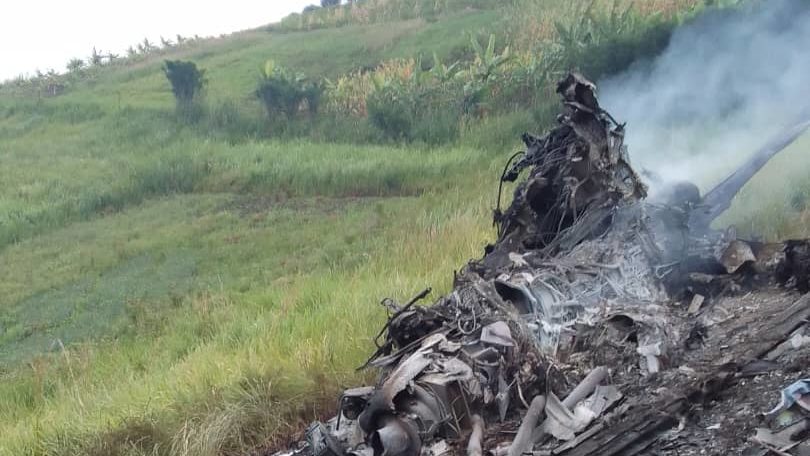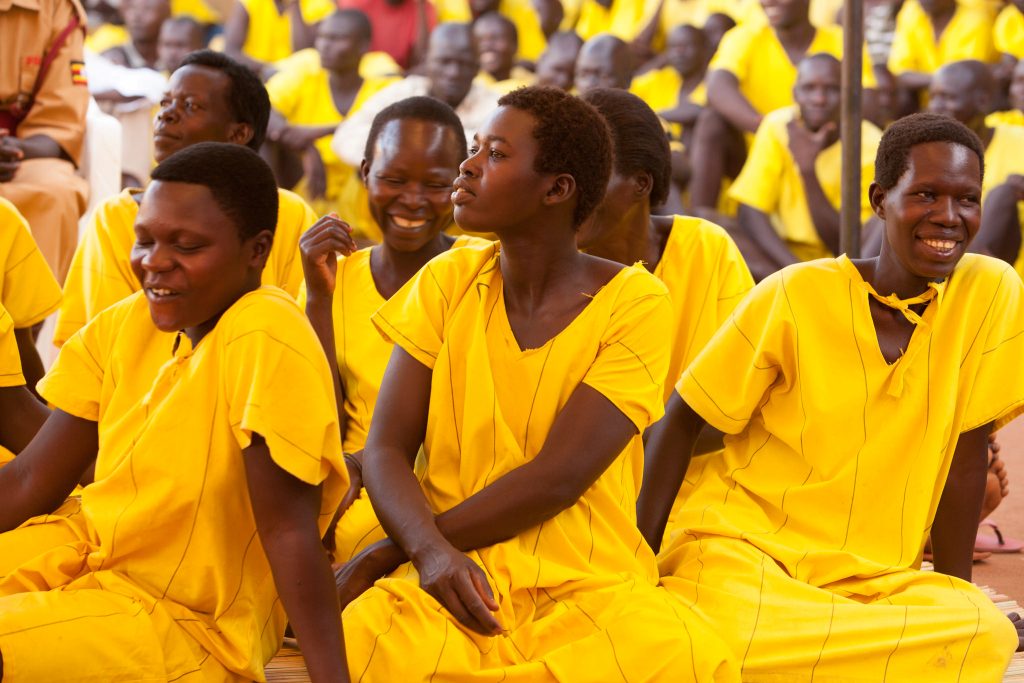A significant overhaul of Uganda’s national defence architecture has been outlined in a new Establishment document, though its clarity was somewhat obscured by a presidential announcement on Sunday regarding the re-appointment of Chief of Defence Forces, Gen Wilson Mbadi.
The Ugandan army has introduced a new organizational structure that centralizes command and control of all its components under the Chief of Defence Forces (CDF), who will oversee an expanded Joint Services Headquarters.
Currently held by Gen Wilson Mbadi, the role of CDF will also include the oversight of an enlarged Joint Services Headquarters, with his deputy, Lt Gen Peter Elwelu, assuming the additional responsibility of Inspector General of the army, ensuring adherence to institutional norms.
A notable departure from past practice, eligibility for the position of CDF, equivalent to army commander, will now require a minimum rank of four-star general.
Presently, there are a limited number of active-duty full generals in the UPDF, including Works Minister Katumba Wamala, Internal Affairs State Minister David Muhoozi, and Senior Presidential Advisor on Special Operations, Muhoozi Kainerugaba. Any of these individuals theoretically qualifies for the top military leadership position, although the President, as commander-in-chief, retains the authority to promote officers to the rank of full-star general, thereby expanding the pool of candidates.
The restructuring of the army represents the most significant reform since the transition from the National Resistance Army (NRA) to the Uganda People’s Defence Forces (UPDF). This transformation comes seven months after the retirement of nine influential generals and approximately 100 senior officers, marking a generational shift within the military leadership.
Outlined in the revised Establishment document, approved by the Defence Council, is a redefined organizational structure aimed at enhancing flexibility, coordination, and performance across all services.
Key changes include the establishment of the Chief of Joint Staff (CJS) as the third-highest position within the UPDF, overseeing an array of Joint Staffs and the Chieftaincy of Defence Intelligence and Security. Additionally, the Chief of Personnel and Administration has been repositioned as a Joint Staff for Human Resource Management, while the Defence Spokesman assumes the role of Defence Public Information Officer.
This restructuring aligns with Uganda’s long-standing objectives of professionalization and modernization within the military, standardizing hierarchy, ranks, mandates, and personnel strength to ensure agility and interoperability.
The reorganization, guided by the UPDF Establishment 2021 document, aims to develop a modern and professional army capable of effectively addressing evolving security challenges at local, regional, and global levels.
The Establishment document, developed by a committee appointed in 2015 and chaired by the late Lt Gen Pecos Kutesa, provides a framework for achieving force strength, composition, and capabilities necessary for UPDF’s success in diverse operational environments.
President Museveni’s recent announcement regarding the approval of the revised army structure, while intended to clarify command roles and relationships, has generated confusion and criticism due to its perceived redundancy. Despite the President’s proclamation, Gen Mbadi’s role as CDF remains unchanged, as he has been performing delegated command and control functions since his appointment in 2021.
The Defence Forces Council and High Command, comprising top military officials and historical figures of the NRA, play pivotal roles in advising the President on matters of national defence and security policy.

